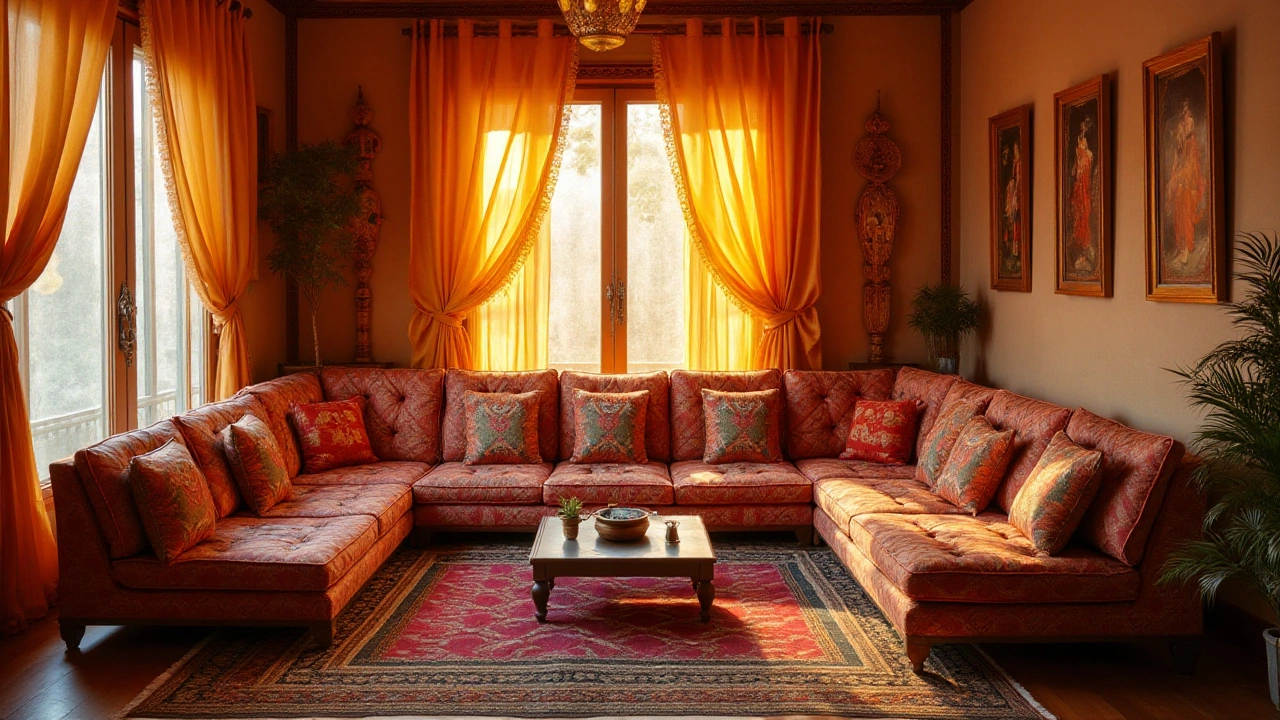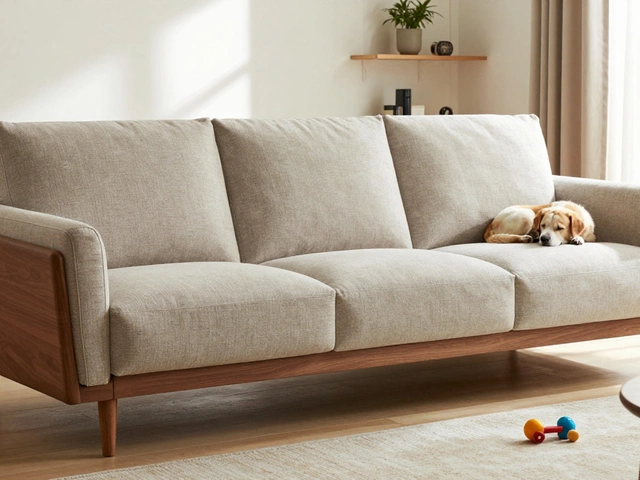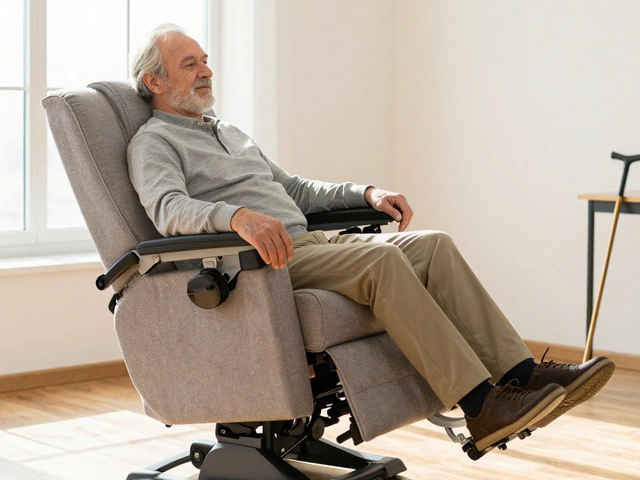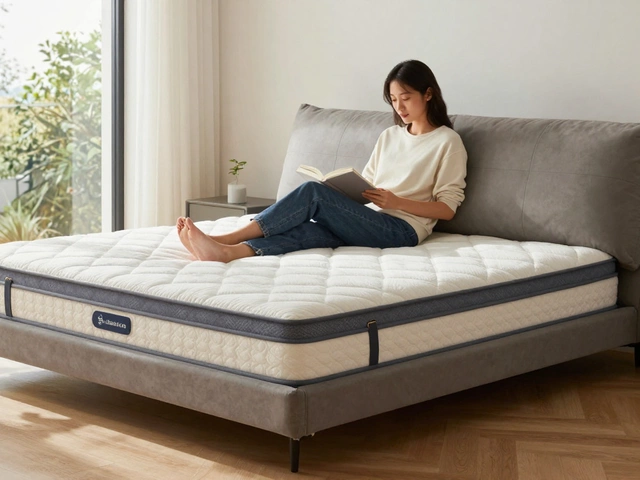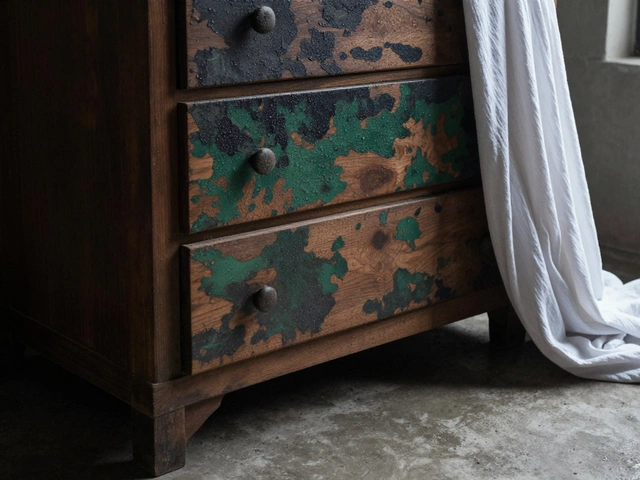Seating Arrangement Tips for a Comfortable Living Room
Getting the seating right makes a room feel inviting and functional. Whether you have a single couch, a sectional, or a daybed couch, the basics stay the same: keep traffic clear, balance visual weight, and match the scale of each piece.
Start with the Sofa
The sofa is usually the anchor. Measure the wall or floating space and leave at least 24‑30 inches behind it for a clear path. If you have a corner sofa, check the latest trends – modern corner pieces still work if you keep the layout open and add a slim side table for balance. Avoid sag‑prone frames by picking a couch with a sturdy base; a solid hardwood frame and proper springs keep it looking fresh for years.
Pick the Right Coffee Table Size
Place the coffee table about 18 inches away from the sofa edge. This distance is enough for easy reach without crowding. For a reclining sofa, aim for a lower table or a lift‑top model that slides under the seat when needed. Round tables work well in tight corners, while nesting tables give flexibility if you entertain guests.
Don’t forget the rug. A rug that extends at least 12‑18 inches beyond the sofa and chairs ties the room together. If you’re unsure, lay the rug on the floor first and step back – the edges should frame the seating area, not get lost beneath it.
When you add chairs, keep the spacing consistent. A pair of armchairs flanking the sofa creates a conversation zone. Align the arm rests with the sofa’s arm height for a cohesive look. If you’re using a daybed couch in a small home, place it against a wall and add a slim side table for a nightstand‑like vibe.
Balance heavy pieces with lighter ones. A bulky sectional can dominate a room, so offset it with a tall, narrow bookshelf or a narrow console on the opposite wall. This creates visual breathing room and prevents the space from feeling cramped.
Lighting matters, too. A floor lamp behind the sofa or a table lamp on the coffee table adds warmth and helps define each seating cluster. Keep cords tidy and avoid placing lamps where they block traffic.
Finally, test the flow. Walk around the room with shoes on – you should be able to move from the doorway to the TV stand or dining area without squeezing. If you hit a snag, try pulling the sofa a few inches back or swapping the coffee table for a smaller one.
With these simple steps – anchor the sofa, size the coffee table right, use a rug for framing, and keep pathways clear – you’ll have a seating arrangement that feels both stylish and livable.
The Purpose and Appeal of Corner Sofas: A Comprehensive Guide
Corner sofas are not just about maximizing seating space in the living room; they bring style, versatility, and comfort to any home. These L-shaped wonders can transform a drab sitting area into a cozy nook for conversation or a stylish centerpiece for social gatherings. Explore their various configurations, benefits, and tips on choosing the right one for your space. Discover why corner sofas continue to be popular choices among homeowners and how they can seamlessly fit into your lifestyle.
